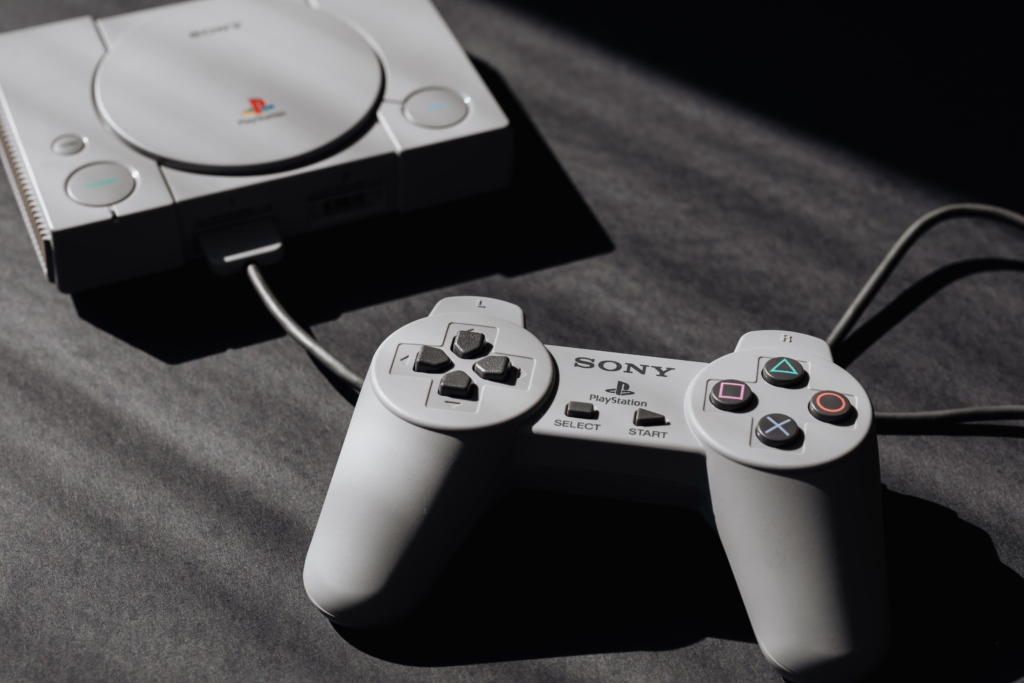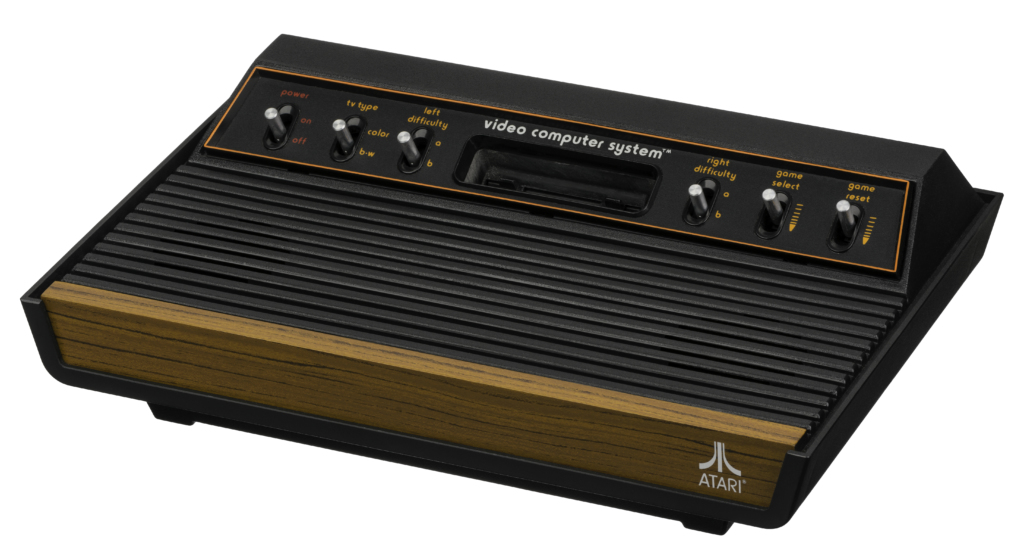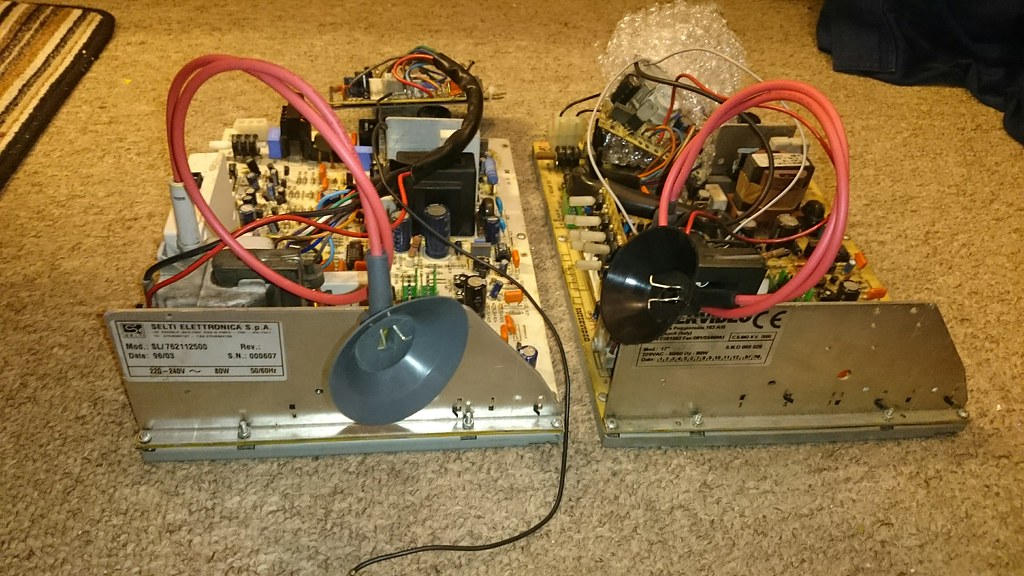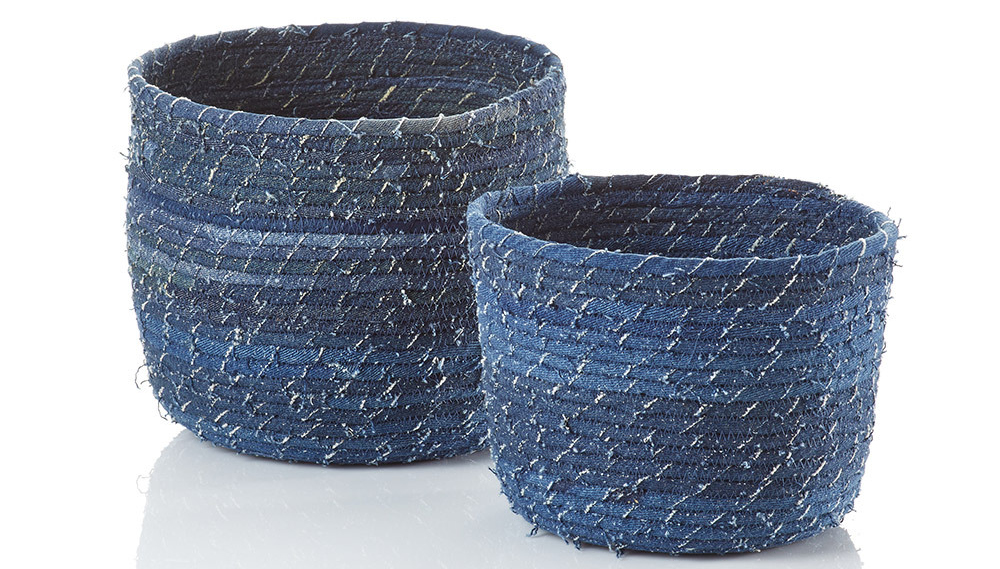Revitalizing Vintage Electronics
In today’s digital age, vintage electronics hold a certain charm and nostalgia. Rather than letting these devices gather dust in forgotten corners, people are taking advantage of creative reuse and finding ways to enjoy otherwise forgotten tech. Today we will explore the art of reusing vintage electronics, its appeal, and the environmental benefits it offers.

Upcycling Vintage Electronics
Upcycling vintage electronics goes beyond mere preservation, it involves transforming these devices into functional and artistic pieces that find new relevance in the modern world. Creative individuals and designers take outdated components and reimagine their purpose to serve more contemporary needs. For example, vintage radios can be repurposed into Bluetooth speakers by integrating modern wireless technology while retaining retro aesthetics. The process often involves carefully selecting compatible components, such as high-quality speakers and Bluetooth modules, and skillfully integrating them into the original structure. This results in unique creations that blend the charm of the past with the convenience and functionality of the present.
Similarly, old CRT monitors, which are no longer practical for daily computer use, can be transformed into stylish monitors by replacing the bulky cathode ray tube with a sleek LCD. This allows users to enjoy modern computer technology with vintage styling, creating a harmonious fusion of old design and contemporary functionality. With upcycling, vintage electronics become conversation starters and statement pieces in homes, offices, and artistic spaces, showcasing the creativity and ingenuity of the individuals who repurpose them. This trend breathes new life into forgotten devices and promotes sustainability by reducing electronic waste and encouraging a culture of reuse and resourcefulness.
Retro Gaming and Arcade Culture
The resurgence of retro gaming and the preservation of arcade culture has given rise to a passionate community of collectors, gamers, and enthusiasts. Revitalizing vintage gaming consoles and arcade machines allows individuals to relive the nostalgic experiences of the past while keeping gaming history alive. Collectors meticulously restore and repair consoles such as the Atari 2600, NES, or Sega Genesis, ensuring their proper functionality and appearance. They replace faulty components, clean contacts, and refurbish the exterior, bringing these gaming relics back to life. In addition to physical restoration, enthusiasts leverage modern technology to emulate classic games on modern hardware.
Through the use of software-based emulators and custom-built gaming systems, they can play a vast library of retro games on a single device, expanding the possibilities and convenience of retro gaming. This preservation effort not only celebrates the cultural significance of classic games but also introduces a new generation of players to the joys of retro gaming, ensuring that these cherished gaming experiences continue to be enjoyed for years to come. Retro gaming events, tournaments, and conventions provide platforms for gamers to come together, share their passion, and forge connections across generations. The appeal of retro gaming extends beyond nostalgia; it lies in the timeless gameplay, unique art styles, and immersive experiences that captivate players regardless of their age or gaming background.

Audio Equipment Rejuvenation
Vintage audio equipment, including turntables, cassette decks, and tube amplifiers, often possesses a unique sound quality that appeals to audiophiles and music lovers. These devices can be revitalized through refurbishment and the integration of modern components. Vintage turntables, for example, can be upgraded with new tonearms and cartridges, ensuring optimal audio performance while retaining the classic aesthetics that evoke a sense of nostalgia.
Similarly, tube amplifiers, known for their warm and rich sound, can be restored to their former glory by replacing worn-out components and tubes. These rejuvenation efforts not only bring vintage audio equipment back to life but also allow enthusiasts to enjoy a blend of nostalgia and high-quality sound reproduction. The appreciation for vintage audio extends beyond the music itself; it encompasses the tangible experience of interacting with analog controls, tactile buttons, and vintage design elements, enhancing the overall listening experience.
E-waste Reduction
Revitalizing vintage electronics aligns with the principles of sustainability and e-waste reduction. By reusing and repurposing these devices, we divert them from landfills, reducing electronic waste and its associated environmental impact. Each restored vintage piece represents a small victory in the battle against e-waste accumulation. By breathing new life into these devices, we extend their lifespan and reduce the need for the production of new electronic equipment. This, in turn, conserves valuable resources, minimizes energy consumption, and reduces the carbon footprint associated with manufacturing new devices. The upcycling and repurposing of vintage electronics not only contribute to e-waste reduction but also inspire individuals and communities to adopt more sustainable practices in their everyday lives.
DIY Repair and Restoration
Revitalizing vintage electronics encourages the development of do-it-yourself (DIY) repair and restoration skills. Enthusiasts and hobbyists can learn about electronics, soldering, and troubleshooting as they breathe life back into vintage devices. This hands-on approach not only promotes sustainability but also fosters a sense of empowerment and self-sufficiency. Restoring vintage electronics allows individuals to connect with the inner workings of these devices and gain a deeper understanding of their functionality. It encourages problem-solving and critical thinking, as DIY enthusiasts often need to find creative solutions to overcome challenges during the restoration process.
DIY repair and restoration also foster a sense of community, as individuals can share their knowledge, experiences, and tips with fellow enthusiasts through online forums, workshops, and local meetups.

Connecting Generations
Revitalized vintage electronics bridge generational gaps and foster connections between individuals from different age groups. Restored devices spark conversations and create shared experiences between older and younger individuals. Older generations can share stories of their interactions with vintage technology, explaining how things were done before the digital age. Younger generations, in turn, can gain a newfound appreciation for the evolution of technology over time, learning about the roots of modern devices and understanding the significance of technological advancements.
The art of reusing vintage electronics becomes a catalyst for intergenerational dialogue and celebration of the past. It offers a unique opportunity to connect and learn from one another, promoting mutual understanding and fostering a sense of shared history and cultural heritage. These connections extend beyond the realm of technology, opening doors for the exchange of ideas, knowledge, and experiences between generations.
Conclusion
Revitalizing vintage electronics through creative reuse is a captivating blend of nostalgia, artistry, and sustainability. By embracing this trend, we give new purpose to forgotten devices, reduce e-waste, and celebrate the charm and history that vintage electronics offer. The art of reusing vintage electronics allows us to preserve the past while embracing a more sustainable future, all while fostering connections between generations and sparking creativity along the way.


